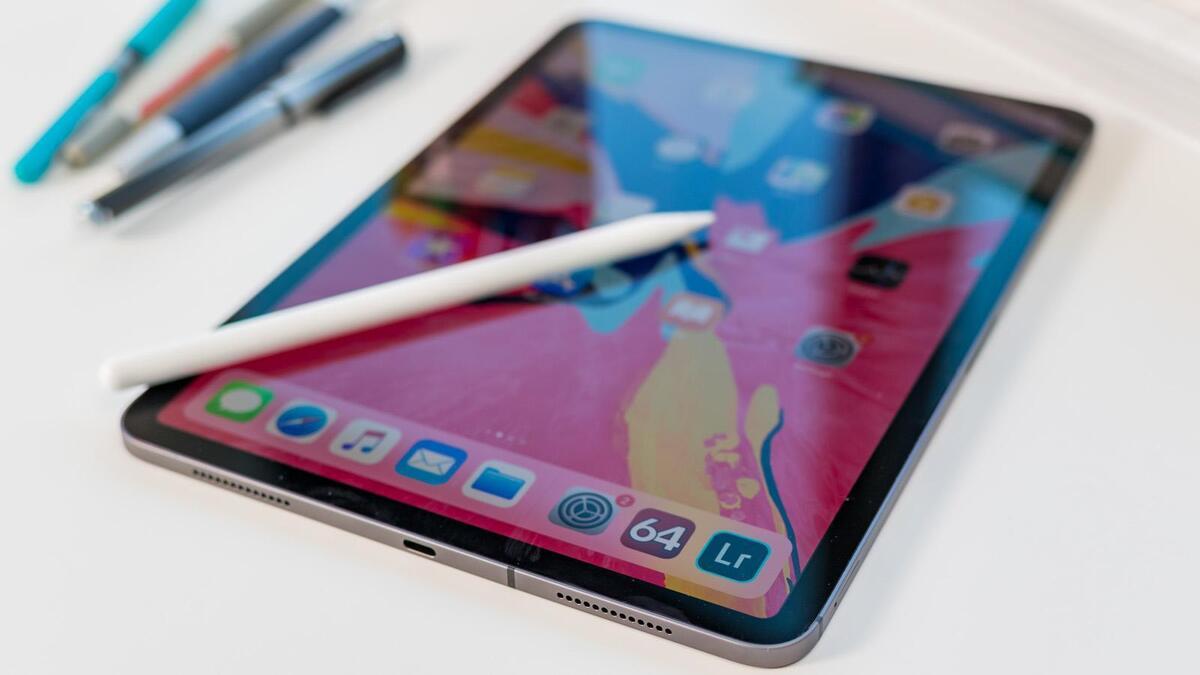Return to Service is one of the many enterprise-focused improvements Apple introduced in iOS/iPad OS 17. It’s a new device management tool designed to help IT manage remote fleets of iPhones and iPads, and it should make it much easier to handle transient deployments and semi-shared devices.
What is Return to Service?
Announced at WWDC 2023 and designed to be made available via device management solutions such as Apple Business Manager, Jamf, and others, Apple explained that with Return to Service, “MDM can send an erase command, including Wi-Fi details and an optional MDM enrollment profile, so the device can erase all data and automatically proceed to the Home Screen, ready to be used.”
In other words, Return to Service combines a command to Erase All Content and Settings on the target device, and can include enrollment and Wi-Fi profiles to help set up the device again.
What happens with an eSIM?
iPhones that use an eSIM can be returned to service with or without that installed eSIM. That matters in cases in which the old user has a personal eSIM installed, or when a phone number is role-, rather than device-specific.
That’s useful because a company might want to assign the same number to whomever occupies a specific role, for example, in which case the eSIM might be left in place, even as the device is returned to service.
What happens when the command is sent
The idea is that:
When a device needs to be reconfigured and set up for use, an admin can simply select the relevant system in their MDM console and remotely tell the device to return itself to factory settings.
All data will then be erased, and the system will default to the Home screen for setup and use.
Of course, some of the steps taken during that process require Wi-Fi access, so admins can also pre-deploy an approved Wi-Fi profile to get the device online once the Return to Service flag has been sent.
The device’s new user should then be able to authenticate it thanks to their Managed Apple ID and the pre-installed enrolment profile supplied remotely by IT.
One thing to note is that the command is not always the best option — for example, when data stored on the managed device needs to be backed up before restoring takes place.
Who supports Return to Service?
The Return to Service command is now supported by most Apple MDM providers, including Jamf, Kandji, Mosyle, Addigy, and Hexnode. If you already use an MDM provider to manage your fleet, check with them to find where and how it’s been made available. In the implementations I’ve come across, it usually takes the form of a drop-down command that lets you remotely return the device to service or do so with the addition of a selected Wi-Fi profile.
What is the benefit of the system?
The ability to remotely prepare iPhones and iPads for use by other employees when equipment is upgraded, shared, or someone leaves their job should save time and drive efficiency, enabling IT to focus on more…
2023-11-30 02:41:02
Source from www.computerworld.com rnrn
